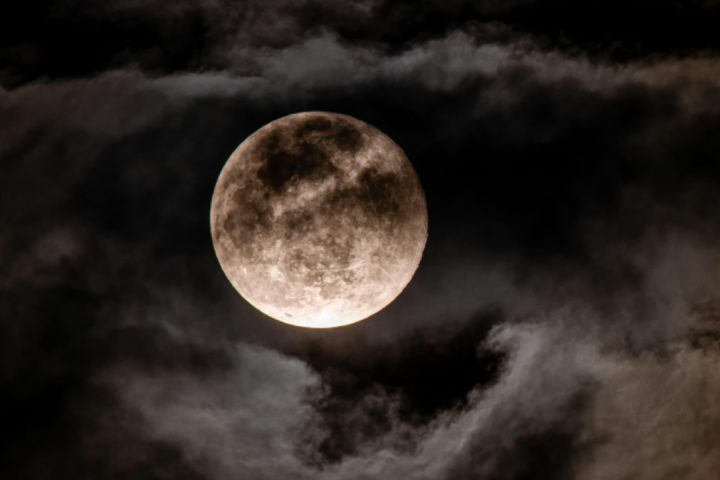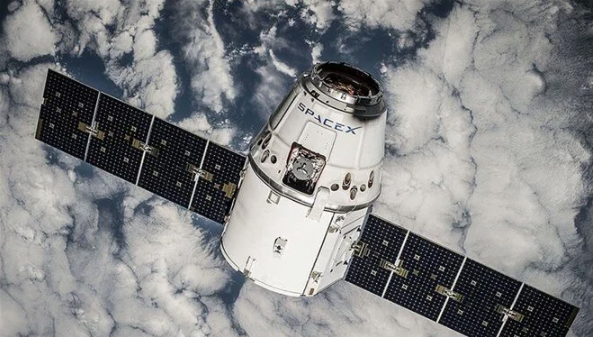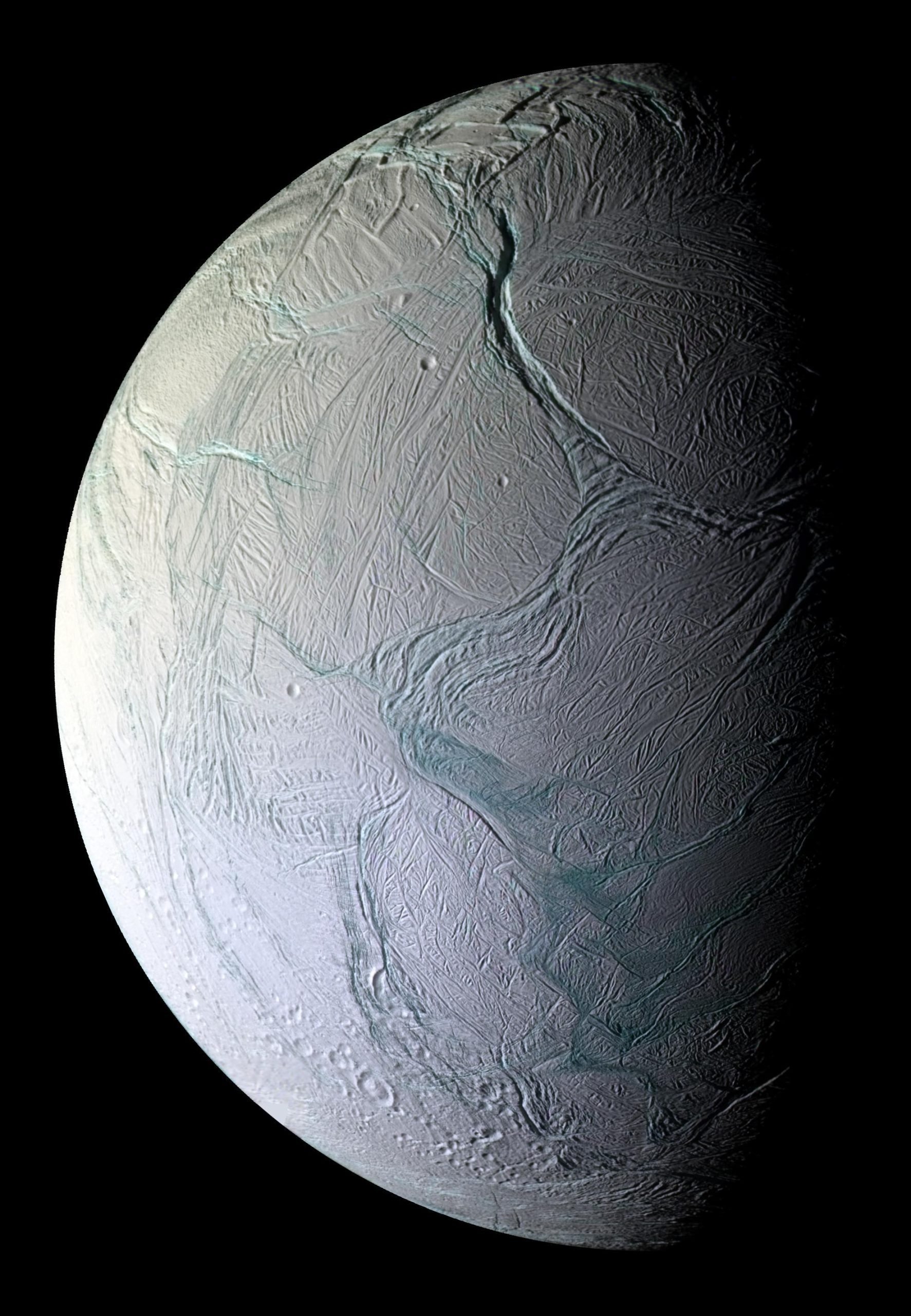This news was prepared with the help of forbes website
If you chance to be on Earth’s night side at the appropriate moment, you shouldn’t miss the upcoming total lunar eclipse on Tuesday, November 8, 2022, which is Election Day in the United States
While Europe loses out on this “Blood Moon” total lunar eclipse, North America is in an excellent position to see it. The Moon will turn red for 85 minutes, but there will also be other strange elements that make the sight strange and wonderful.
You can find all the details you need to view the total lunar eclipse from wherever you are on my page, but here are seven things you must know right away:
1. Depending on your time zone, when it occurs
The complete lunar eclipse on Tuesday, November 8, 2022, will occur simultaneously around the world from 10:16 to 11:42 Universal Time, however your view may vary depending on where you are. It is simple to determine the exact time at which the eclipse will be visible from any place, but here are the times—for totality only—from North America:
- 05:16- 06:42 EST on Tuesday, 8 November, 2022
- 04:16- 05:42 CST on Tuesday, 8 November, 2022
- 03:16- 04:42 MST on Tuesday, 8 November, 2022
- 02:16- 03:42 PST on Tuesday, 8 November, 2022

There will be a long and beautiful totality.
A full Moon crosses over Earth’s 870,000-mile (1.4 million-kilometer) long shadow in space to produce a total lunar eclipse. Rarely does that occur, and depending on the year, it might take anything from 105 minutes to only 5 minutes (as in 2015).
The northern region of the eclipsed Moon is anticipated to be fairly bright during totality since it will pass through the northern part of Earth’s shadow close to its edge for 85 minutes in the early morning hours of November 8, 2022. Contrast that with last May’s “Blood Moon,” which was a deep, ominous, and startling sight from North America.
3. A “Blood Moon” this good won’t appear again until 2029.
This lunar eclipse will be the last total lunar eclipse until 2025, and its length won’t be matched until 2029. On March 14, 2025, there will be a total lunar eclipse that will be visible from North America, South America, and the Pacific, as well as during parts of its phases from Europe, Africa, and Asia. However, the duration of totality is 65 minutes.
The subsequent totality, which will surpass next week’s in actuality, will be a 102-minute event on June 26, 2029. From North America, South America, the Pacific, the Atlantic, Europe, and Africa, that one will be visible.

4. A red-orange Moon will collide with a blue-green planet.
Along with a total lunar eclipse, Uranus, the seventh planet, will be visible for the first time from the entire night side of Earth. Even when they pass near together, Uranus is typically obscured by the glare from the lunar surface since it is much fainter than the Moon. However, the Moon’s brightness is significantly reduced during totality, making Uranus visible for the most of the 1 hour and 25 minutes totality. Have some binoculars on hand just to make sure you get to view its little blue-green disc. It should be visible with the naked eye about above the left side of the Moon (the more west the observer, the closer they will be to each other).
5. As a result of Rayleigh scattering, it will turn red.
The lunar surface will turn crimson for an amazing 85 minutes since the only light that reaches the moon’s surface has already been filtered by the Earth’s atmosphere. Longer-wavelength red and orange light from the Sun generally passes through the Earth’s atmosphere, impacting fewer molecules. Short-wavelength blue light from the Sun hits molecules in the atmosphere and scatters. Red will therefore be the primary color of light that we observe on the Moon for that brief period. It resembles sunrises and sunsets somewhat.
6. Uranus will be obscured by a “Blood Moon.”
Astronomers refer to this event as a “occultation” as the Moon will travel over and obscure Uranus as viewed from regions of Asia and Alaska. Additionally, it will do so for 85 minutes of the totality period. Expect to see some photographs of Uranus up close and personal when it approaches the limb of a reddish lunar surface. Here are more details.
Visit the Hong Kong Space Museum’s YouTube account to see the occultation live, which will be broadcast in Cantonese from 18:00 to 21:00 HKT.
7. During totality, “shooting stars” might be observed
There is a chance that “shooting stars” will be visible during totality because the Taurid meteor shower peaks the same week as the complete lunar eclipse. Additionally, this year’s Taurids are anticipated to be stronger than usual and occasionally accompany bright, multicolored “fireballs.” Despite the remote possibility, the night sky will become remarkably gloomy for a full Moon night during totality. Stars will undoubtedly be seen surrounding the Moon.
utilized news: https://www.forbes.com




